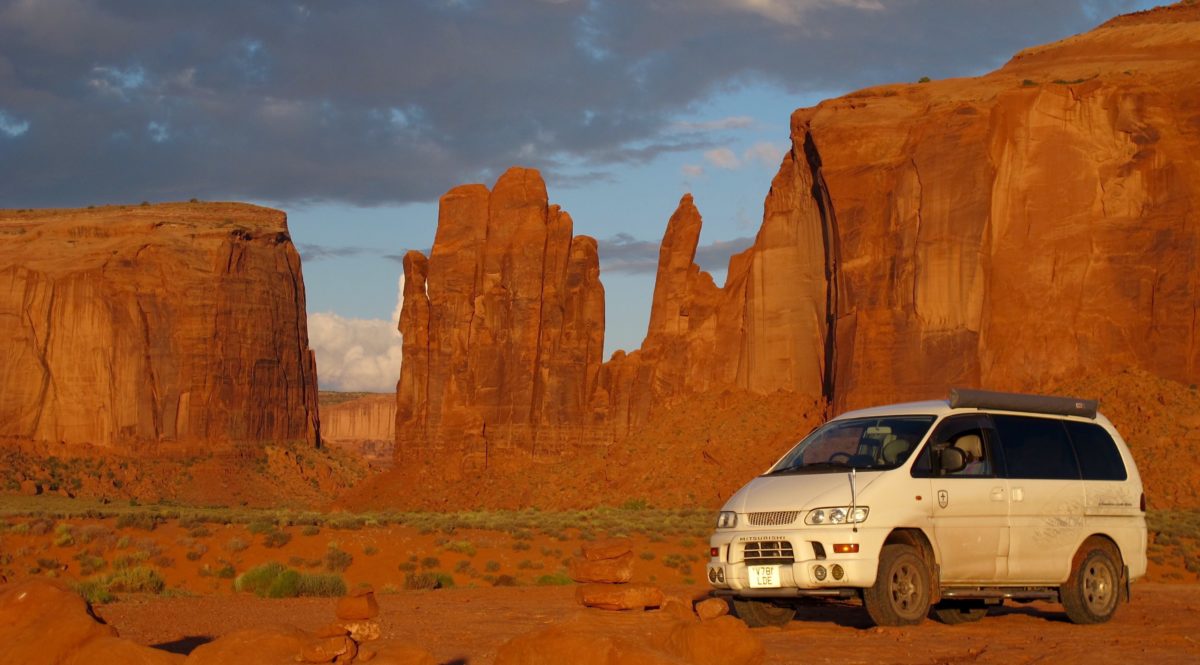
Lihue Calel NP is in the La Pampa province of Argentina, as the name suggests it is a kind of grassy, scrubby and a bit rocky landscape and is pretty much in the centre of the country. We had the place to ourselves, it was free and most unexpectedly had hot showers, very nice.
There were enough Puma warning signs to make us feel a bit wary but obviously when we came to leave and hadn’t seen one we were disappointed!

The more common wildlife sightings were these Tuco tuco, Guinea pig type creatures and…..

Little fat cheeky birds, don’t know the name. Very inquisitive and in the van before we knew it if we left a door open. I know it’s hardly as interesting as a puma!



A perfect place for a bit of walking up the rocky hills. Always a little wary, that rock is pretty much puma coloured.



So, in Bolivia we had seen where Che Guevara died, we may, further down the road pass through Rosaria where he was born and we stopped here in Alta Gracia where he spent 10 years of his childhood. The house his family lived in is now a Che museum.

You can see why his image is so iconic, he certainly knew how to work the camera and that casual guerilla look.


Fidel Castro visited in 2006, not quite so easy for your average Cuban to make the trip.

John checking for oil leaks! This is not the actual Norton Che rode as written about in the Motorcycle Diaries that one was left somewhere along the journey in Peru.

You need a beret John.

What would you call a Catholic superhero? Free bread and wine for the winning entry.

All through Argentina we have seen many roadside memorials and we assumed they were always built by the loved ones of the victims of accidents. It was puzzling to see some surrounded by piles of plastic bottles. It turns out that those making reference to Difunta (deceased) Correa are shrines to the unofficial saint of travellers. It’s a long story but the bottles are to signify a never ending supply of breastmilk!
The example above was quite a small collection, oh well, better a pile at the side of the road than in the ocean.

El Shincal was the most southerly Inca city until they left in 1536 (who knew they were this far south?). It was connected to the main Inca trail further north by a smaller lesser known part of the trail which is still used by some hikers although not advertised to tourists in a big way.


We spent an hour or so wandering round accompanied by this friendly girl, she joined us at the start of the trail and trotted around just keeping us company. We expected her to come back to the van with us for a food based tip but at the end of the trail she took a shortcut through the fence as if to say “Bye then, you know the way back”. She looked pretty healthy and well fed and there were several hungrier dogs that were happy to share our food that evening.




In the 1400’s on their way south to expand their empire in El Shincal the Incas had also formed a small community in a valley that had been inhabited by the Quilmes people for several centuries. It was a pretty big site with around 5,000 inhabitants. After the Inca’s had tried to muscle in, then the Spanish came along and moved some of the population to a part of Buenos Aires province which is now also called Quilmes, basically they were used as forced labour. The Quilmes persisted in trying to regain ownership of the land taken by the Spanish and now have legal recognition as a Aboriginal community. They run the archeological site, produce and sell crafts and food in the local area. Some of the best empanadas we’ve had, and we’ve had quite a few!





The view of vines and mountains from our campsite in Cafayate a small town with a great microclimate for winemaking.

From John’s smiling face and flared nostrils you can tell he likes the bouquet of this Torrentes Reserva. “A Reserva!” I had exclaimed “we can’t afford that, let’s just get a normal bottle at half the price”. But he stuck to his guns, not much of a white wine drinker John was determined it would be a good one if he was to drink it at all. He was so right, it was definitely one of the nicest white wines we’ve ever had.

Yes, that’s John buying a 2nd bottle of the lovely Torrentes.


We left Cafayate before the lovely wine blew too big a hole in the budget. Our journey north towards Salta was via the scenic route called Quebrada del Rio de las Conchas. Lovely rock formations and miradors.











A nice wild camping spot at the end of the day.
Bye for nowx





































































































 Sun glasses and sunscreen were definitely required.
Sun glasses and sunscreen were definitely required.





















































































































